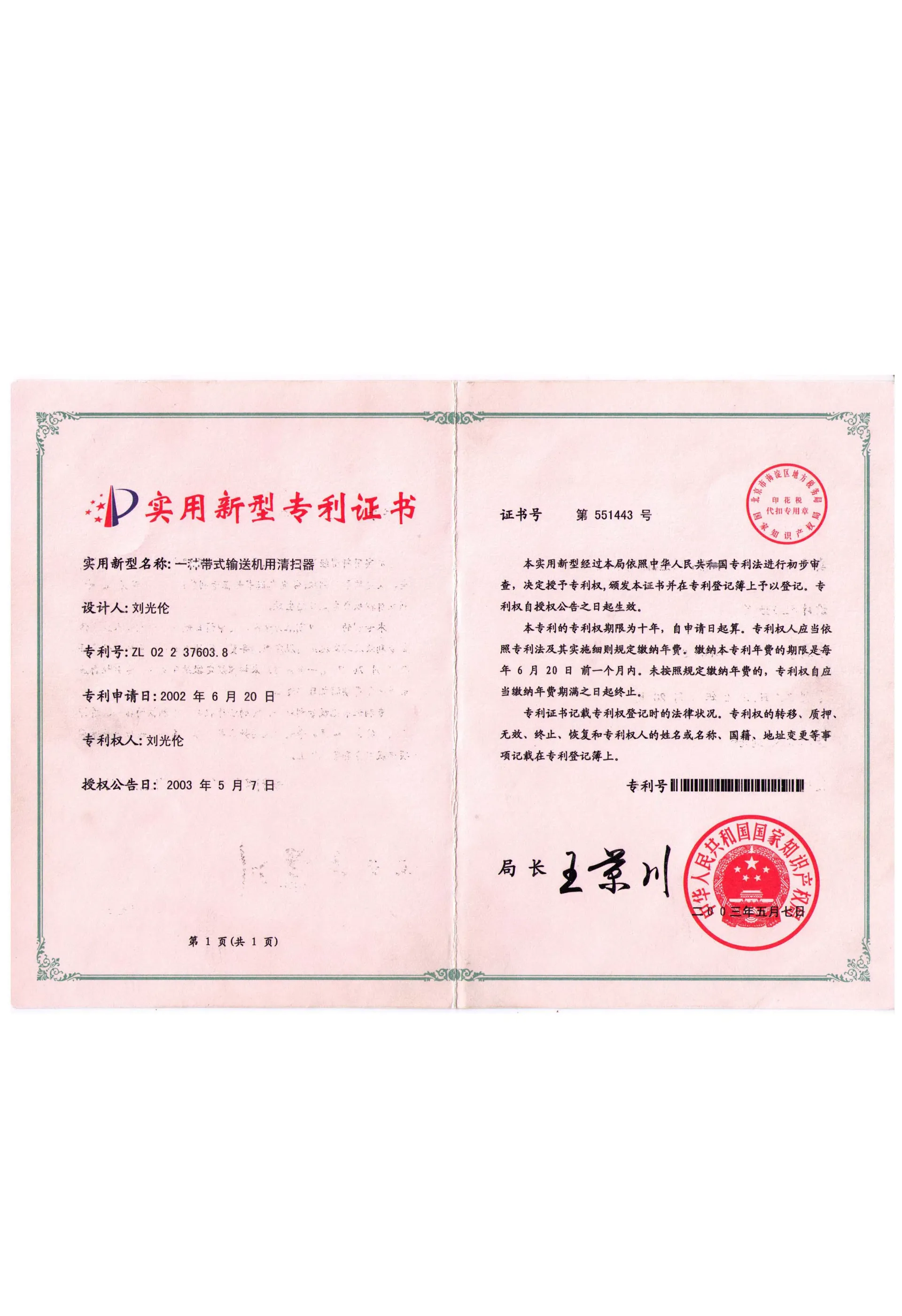 Afrikaans
Afrikaans  Albanian
Albanian  Amharic
Amharic  Arabic
Arabic  Armenian
Armenian  Azerbaijani
Azerbaijani  Basque
Basque  Belarusian
Belarusian  Bengali
Bengali  Bosnian
Bosnian  Bulgarian
Bulgarian  Catalan
Catalan  Cebuano
Cebuano  Corsican
Corsican  Croatian
Croatian  Czech
Czech  Danish
Danish  Dutch
Dutch  English
English  Esperanto
Esperanto  Estonian
Estonian  Finnish
Finnish  French
French  Frisian
Frisian  Galician
Galician  Georgian
Georgian  German
German  Greek
Greek  Gujarati
Gujarati  Haitian Creole
Haitian Creole  hausa
hausa  hawaiian
hawaiian  Hebrew
Hebrew  Hindi
Hindi  Miao
Miao  Hungarian
Hungarian  Icelandic
Icelandic  igbo
igbo  Indonesian
Indonesian  irish
irish  Italian
Italian  Japanese
Japanese  Javanese
Javanese  Kannada
Kannada  kazakh
kazakh  Khmer
Khmer  Rwandese
Rwandese  Korean
Korean  Kurdish
Kurdish  Kyrgyz
Kyrgyz  Lao
Lao  Latin
Latin  Latvian
Latvian  Lithuanian
Lithuanian  Luxembourgish
Luxembourgish  Macedonian
Macedonian  Malgashi
Malgashi  Malay
Malay  Malayalam
Malayalam  Maltese
Maltese  Maori
Maori  Marathi
Marathi  Mongolian
Mongolian  Myanmar
Myanmar  Nepali
Nepali  Norwegian
Norwegian  Norwegian
Norwegian  Occitan
Occitan  Pashto
Pashto  Persian
Persian  Polish
Polish  Portuguese
Portuguese  Punjabi
Punjabi  Romanian
Romanian  Russian
Russian  Samoan
Samoan  Scottish Gaelic
Scottish Gaelic  Serbian
Serbian  Sesotho
Sesotho  Shona
Shona  Sindhi
Sindhi  Sinhala
Sinhala  Slovak
Slovak  Slovenian
Slovenian  Somali
Somali  Spanish
Spanish  Sundanese
Sundanese  Swahili
Swahili  Swedish
Swedish  Tagalog
Tagalog  Tajik
Tajik  Tamil
Tamil  Tatar
Tatar  Telugu
Telugu  Thai
Thai  Turkish
Turkish  Turkmen
Turkmen  Ukrainian
Ukrainian  Urdu
Urdu  Uighur
Uighur  Uzbek
Uzbek  Vietnamese
Vietnamese  Welsh
Welsh  Bantu
Bantu  Yiddish
Yiddish  Yoruba
Yoruba  Zulu
Zulu self aligning conveyor rollers
The Advantages of Self-Aligning Conveyor Rollers
In the modern industrial landscape, efficiency and reliability are paramount for successful operations. One key component in achieving these goals is the conveyor system, which is integral for transporting materials across various stages of production and distribution. Among the components that enhance conveyor performance are self-aligning conveyor rollers. These rollers offer a range of benefits that can significantly improve operational efficacy and reduce maintenance costs.
What Are Self-Aligning Conveyor Rollers?
Self-aligning conveyor rollers are designed with a unique capability to automatically adjust their position in response to misalignment that can occur during operation. Unlike traditional conveyor rollers, which may become skewed over time due to heavy loads, environmental factors, or wear and tear, self-aligning rollers can adjust their angle to maintain effective contact with the conveyor belt. This adjustment helps to mitigate issues related to belt tracking, reducing the likelihood of damage and downtime.
Enhanced Performance and Reliability
One of the primary advantages of self-aligning conveyor rollers lies in their ability to enhance the performance of conveyor systems. By ensuring that the belt remains aligned, these rollers minimize the risk of belt slippage or derailment. This means that the materials being transported can flow more smoothly, reducing the chances of stoppage or obstruction that can lead to production delays. Additionally, self-aligning rollers help prolong the life of the conveyor belt, as misalignment is a frequent cause of premature wear.
Reduction in Maintenance Costs
self aligning conveyor rollers

Maintenance is a significant concern in any industrial operation. Equipment failures and unplanned maintenance can lead to substantial costs and loss of productivity. Self-aligning conveyor rollers can greatly reduce these costs by minimizing the need for regular realignment and adjustments. With traditional rollers, maintenance personnel must frequently check and realign misaligned rollers to ensure that the system operates efficiently. However, with self-aligning rollers, the frequency of these checks can be significantly reduced, allowing maintenance teams to focus their efforts on other critical areas of the operation.
Increased Safety
Safety is an essential consideration in any industrial environment. Misaligned conveyor systems can lead to accidents, injuries, and equipment damage. By incorporating self-aligning conveyor rollers, the risk of such incidents can be minimized. The enhanced stability and tracking capabilities help create a safer workplace for employees by reducing the likelihood of accidents caused by errant loads or conveyor belt failures.
Applications Across Industries
Self-aligning conveyor rollers are versatile and can be used across various industries, including mining, manufacturing, food processing, and logistics. Whether transporting heavy bulk materials or lighter products, the ability of these rollers to adapt to changing conditions makes them suitable for virtually any application. Furthermore, as industries increasingly focus on automation and efficiency, incorporating self-aligning technology into conveyor systems aligns well with these strategic goals.
Conclusion
In conclusion, self-aligning conveyor rollers represent a significant advancement in conveyor technology, offering numerous benefits that enhance performance, reduce maintenance costs, and improve safety across various industrial applications. As industries continue to seek ways to improve efficiency and reliability, the adoption of self-aligning rollers will likely play a crucial role in shaping the future of material handling systems. Investing in such technology not only streamlines operations but also contributes to a safer and more productive work environment.
-
Revolutionizing Conveyor Reliability with Advanced Rubber Lagging PulleysNewsJul.22,2025
-
Powering Precision and Durability with Expert Manufacturers of Conveyor ComponentsNewsJul.22,2025
-
Optimizing Conveyor Systems with Advanced Conveyor AccessoriesNewsJul.22,2025
-
Maximize Conveyor Efficiency with Quality Conveyor Idler PulleysNewsJul.22,2025
-
Future-Proof Your Conveyor System with High-Performance Polyurethane RollerNewsJul.22,2025
-
Driving Efficiency Forward with Quality Idlers and RollersNewsJul.22,2025





























